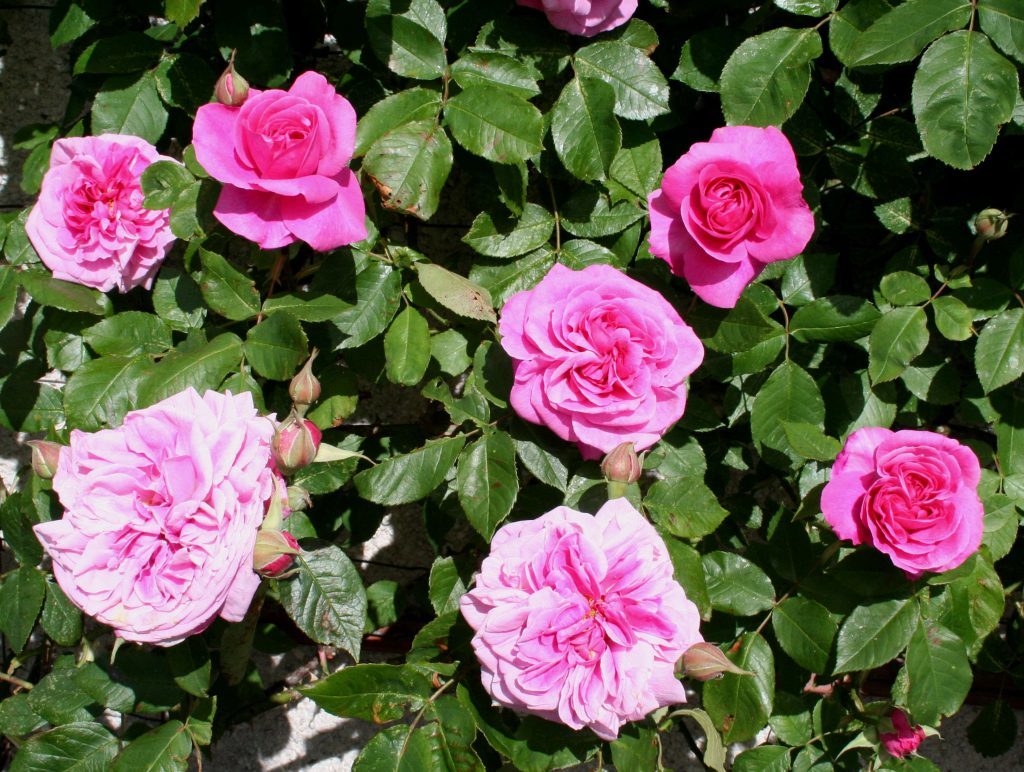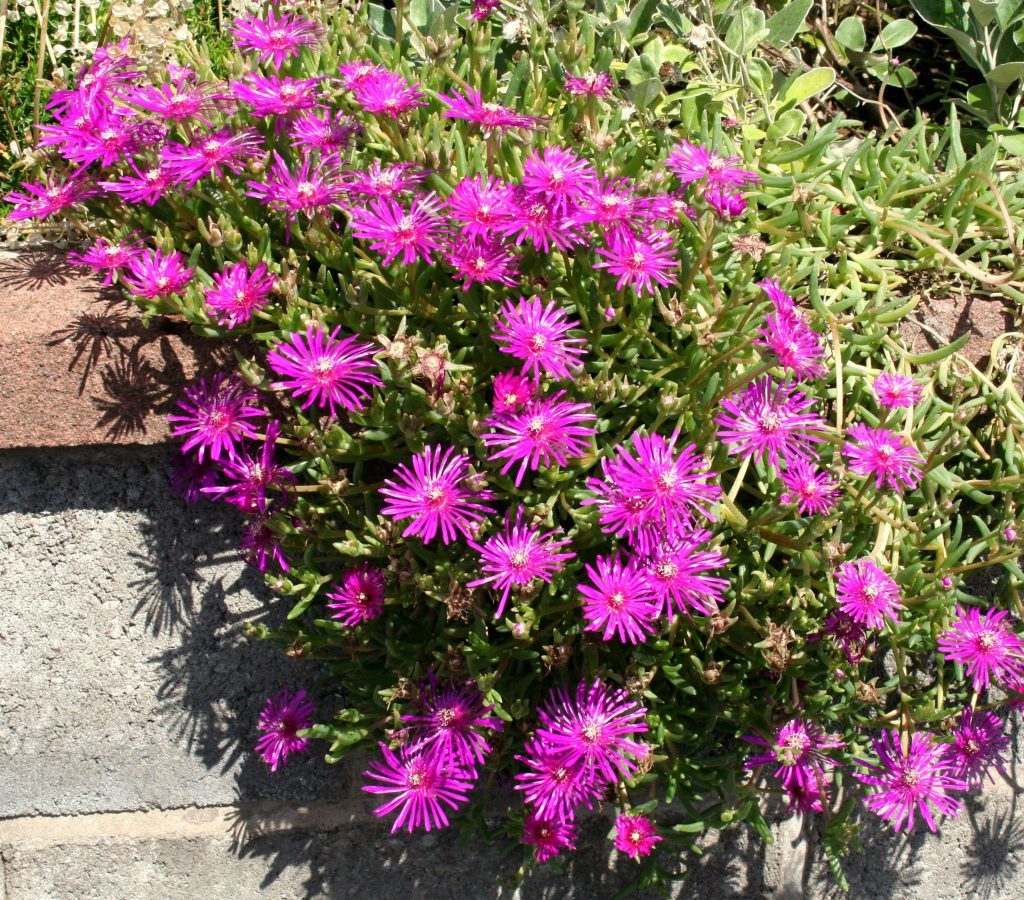Flowers in the garden all have their own season, so provided you grow a wide variety of plants the garden can be full of colour all year round.
The spring bulbs are now a distant memory followed on by the oriental poppies and bearded iris.
Some azaleas and rhododendrons are still in flower but it is the roses that steal the show in June.
The long dry spell brought on some mildew then the rain gave the greenfly a boost, so a combined insecticide and fungicide was sprayed to clean them up.
To keep the plants flowering remove all spent flowers to prevent them wasting energy producing rose hips.
Oriental poppies also need seed pods removed and even old foliage as in a good year they can regrow with fresh leaves and produce a second burst of flowers.
Peonies have given a good display but now the show is over cut back old flower heads.
Garden pinks are becoming very popular and are hard to beat for a wonderful clove scent.
They do not need rich soil but it must be well drained and they flower best in a sunny position.
Mine all suffered a plague of minute black aphids which just about destroyed all foliage so a quick spray of insecticide sorted them out and are now well on the road to recovery.
Greenfly on my oriental lilies also got a spray well ahead of flowering so now we just await the first huge scented blooms to come into flower.
Dahlias, chrysanthemums and gladioli grown both for display and cut flower are all growing strongly but it will be a few weeks before they make an impact. Chrysanthemums are all supported with stakes and wires and the plants have had the tops pinched out to encourage branching, except with the spray types which branch naturally.
Some of the dahlias have started to flower, but need more sunshine after this wet spell of several weeks.
Hardy fuchsia Mrs Popple survived well over winter as it was quite mild, but for some unknown reason most of the top woody growth all died back. However the old stems soon produced masses of new shoots, though the old dead wood needed removing for appearance sake.
Once they burst into growth they can move fast so now there are plenty of flowers and these hardy fuchsias will continue to bloom till late autumn.
Senecio greyii has started to produce its yellow flowers which can be quite striking against the silvery gray foliage, and enhanced by a drift of pink Erigerons also in flower around the bush.
This planting arrangement was a happy accident which just worked when I needed a bush, the senecio for a spare patch of land on a dry sunny bank.
Coming back to ground level my succulent Delosperma nubigenum may only grow an inch tall but is a great ground cover plant which smothers all weeds and in May is a mass of yellow scented daisy flowers.
The other Delosperma cooperi has purple flowers and grows two inches high. They are both perfect for growing in the cracks of walls.
Push a few shoots in a crevice and just leave them. They will soon root and grow quite happily without any soil.
Bare soil patches remaining after removal of spent tulip leaves have been sown with calendula, candyfuft, larkspur and other fast growing annuals to give a bit of colour later in the season.
Tubs and hanging baskets have done well with the warm but wet May/June period covering the pots and baskets with foliage and beginning to flower, but as they have a limited amount of soil feeding will be carried out at least once a month.
Wee jobs to do this week
My allotment compost heap was all used up last year so a new one was started in January.
There always seems to be plenty of material to use so it soon bulked up.
I turned the heap twice to help rotting down so now I have compost ready to use after just six months.
This will be used for mulching fruit bushes and trees, and courgettes and pumpkins.
Any left over will be used to get the next heap started as there is plenty of spent rhubarb leaves, old tulip and other bulb leaves and now I have potatoes to start lifting so the shaws (no sign of blight) can be added to the heap.
















